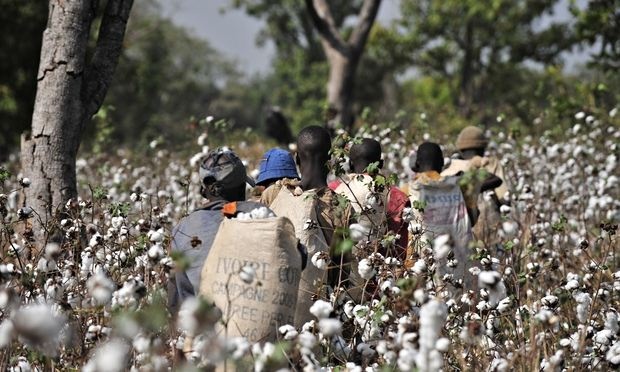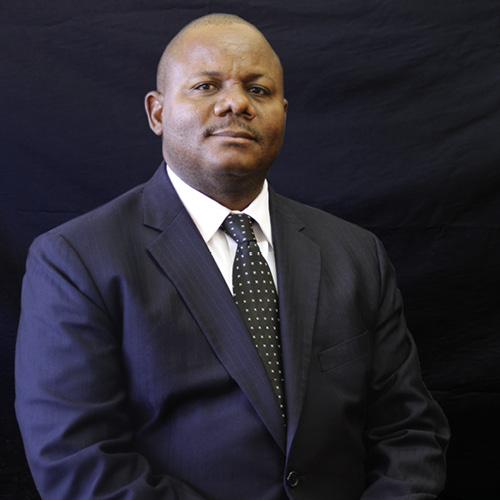Although the Malawi government considers cotton as one of priority crops under the Malawi Growth and Development Strategy and the Agricultural Sector Wide Approach, the country remains the world’s lowest cotton producer.
Visiting International Cotton Advisory Committee (Icac) Executive Director, Kai Hudges, said this in Blantyre on Friday at the end of his three-day visit to the country.
Hudges called on Malawi to join Icac, which has 28 member states.
The call comes as cotton production in the country has been dwindling from 100, 000 metric tonnes in 2011\12 to about 10,000 metric tonnes in 2016/17.
The sector operates at less than 10 percent of its potential capacity at all value chain stages.
A moderate increase of the capacity to around 40 percent has the ability to spur export revenue to $70 million, create 40,000 jobs, enhance incomes of small-holder farmers as well as increase its share to Gross Domestic Product in the agriculture sector.
“Malawi needs to understand what other countries are doing in promoting cotton growing. Countries with a good research base are doing well in growing the crop. Meanwhile the cotton yield in Malawi is the lowest in the world and we need farmers to be advised on how to grow cotton in the modern times,” Hudges said.
He said, there was a high demand for cotton globally assuring the country of a possible market if it supplies more cotton.
Executive Director of Cotton Council of Malawi, Cosmas Luwanda, said a number of factors including the country’s poor research base in cotton have contributed to the decline in production.
“The quality of seeds that we use is poor and, the methods that farmers use in farming are below what other countries that are members of Icac are using. In recent years, we have also seen some players in the cotton industry withdrawing from the sector; as we speak now, we only have four cotton ginners,” Luwanda said.
Cotton is ranked fourth as a foreign exchange earner after tobacco, tea and sugar.
Cotton farmers expressed hope to yield the most of the crop this season, with improved prices being offered by ginners.
At K420 per kilogramme (kg) as at the beginning of the season, the price was K45 more than the K375 per kg approved minimum price offered in the past two seasons.
The price was also K120 more than what unscrupulous traders were offering to vulnerable farmers before the marketing season started in April.




